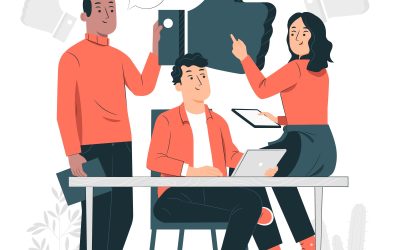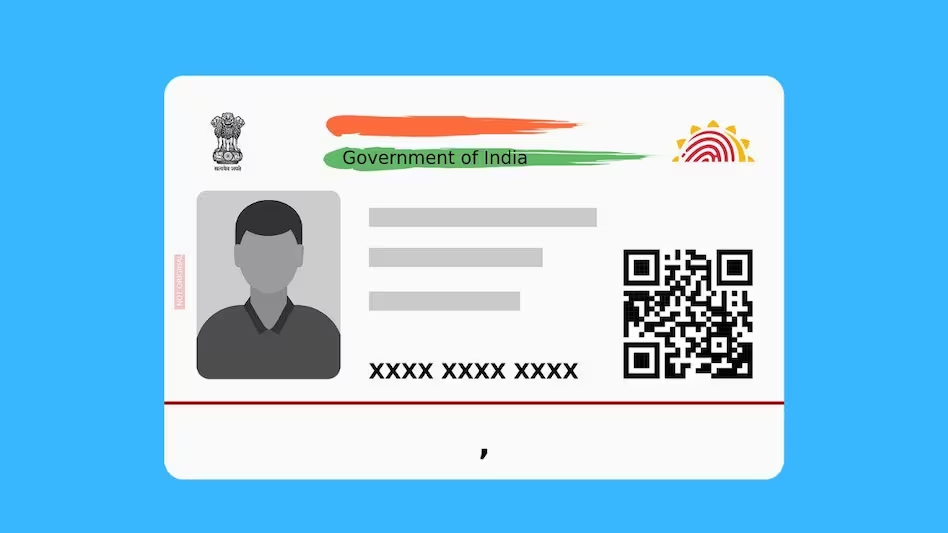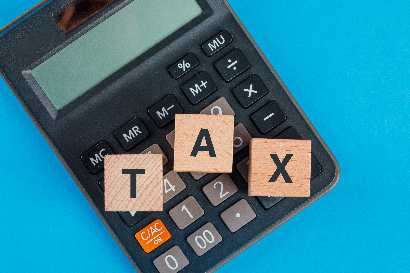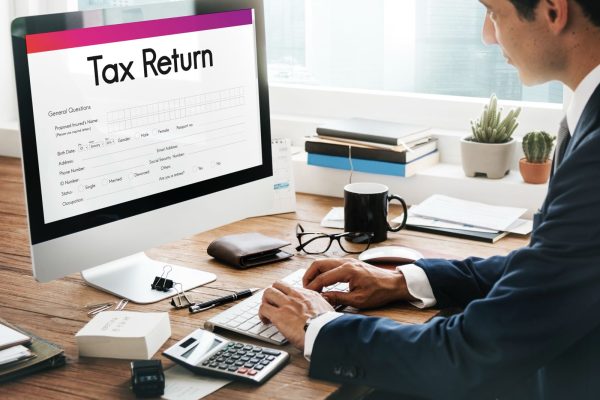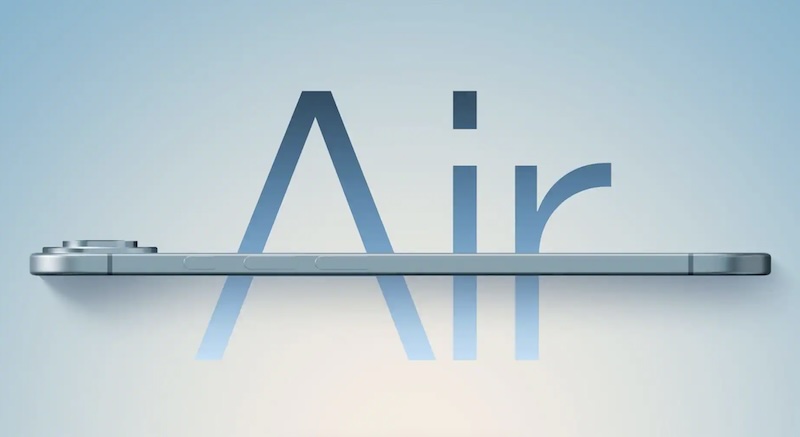
WhatsApp Testing Smarter Camera Mode for Low-Light Video Calls
A Brighter Future for Video Calls
Meta-owned WhatsApp is quietly stepping up its game in video communication. The latest improvement? A smart low-light camera mode that enhances video quality when lighting conditions are less than ideal.
If you’ve ever been on a WhatsApp video call in a dim room or during a power cut, you know the struggle: grainy visuals, dark shadows, and barely visible faces. WhatsApp’s new feature aims to solve that — and it’s already being rolled out.
What Is the Low-Light Mode?
The new Low-Light Mode is designed to automatically enhance the brightness and clarity of your video feed when you’re in dark environments. It uses smart image processing to brighten faces, reduce noise (grain), and maintain clarity — making your video calls look much better even without external lighting.
On supported phones, users will now see a small bulb icon appear in the top-right corner during video calls. Tapping on this bulb activates the low-light enhancement mode. It’s a manual trigger for now — not automatic — which gives users control over when they want to use it.
Who Can Use It?
- Available on Android and iOS (latest versions)
- Not available on the Windows desktop app
- Appears only during full-screen video calls and in low-light situations
This feature is especially useful for users in areas with frequent power outages or poor indoor lighting, like many rural parts of India or developing countries where WhatsApp is a primary communication tool.
Why It Matters
WhatsApp is one of the most widely used messaging apps globally, and video calling has become a major feature — especially post-2020. However, its video quality often lagged behind apps like Zoom or FaceTime in terms of clarity and adaptability to lighting.
By integrating smart lighting adjustments directly into the app, WhatsApp is making it easier for everyday users — many of whom aren’t tech-savvy — to look better on video without buying a ring light or messing with settings.
Did You Know?
WhatsApp handles over 2 billion video calls per day — a significant portion of them happening in less-than-ideal lighting.
What’s Next?
While this is just the beginning, it’s likely that WhatsApp could make the low-light feature more intelligent over time — automatically switching modes, adjusting exposure, and possibly even integrating AI-based facial enhancements like we’ve seen on Instagram and Messenger.
For now, users should keep an eye out for the next WhatsApp update and try out the feature in their next night-time call.
Conclusion:
WhatsApp’s low-light mode may seem like a small update, but for millions of users in low-resource settings, it’s a big leap forward. It’s another example of how simple, thoughtful features can make tech more accessible — and a little more human.



